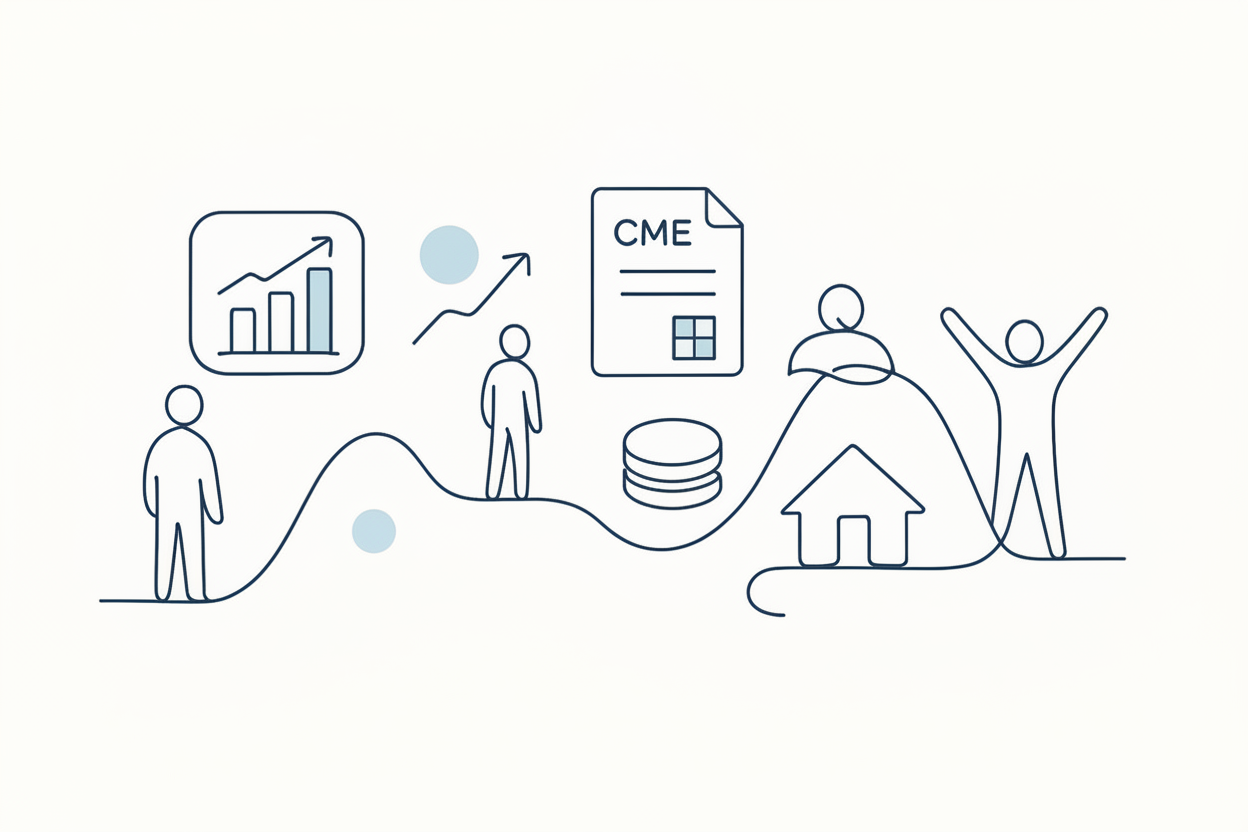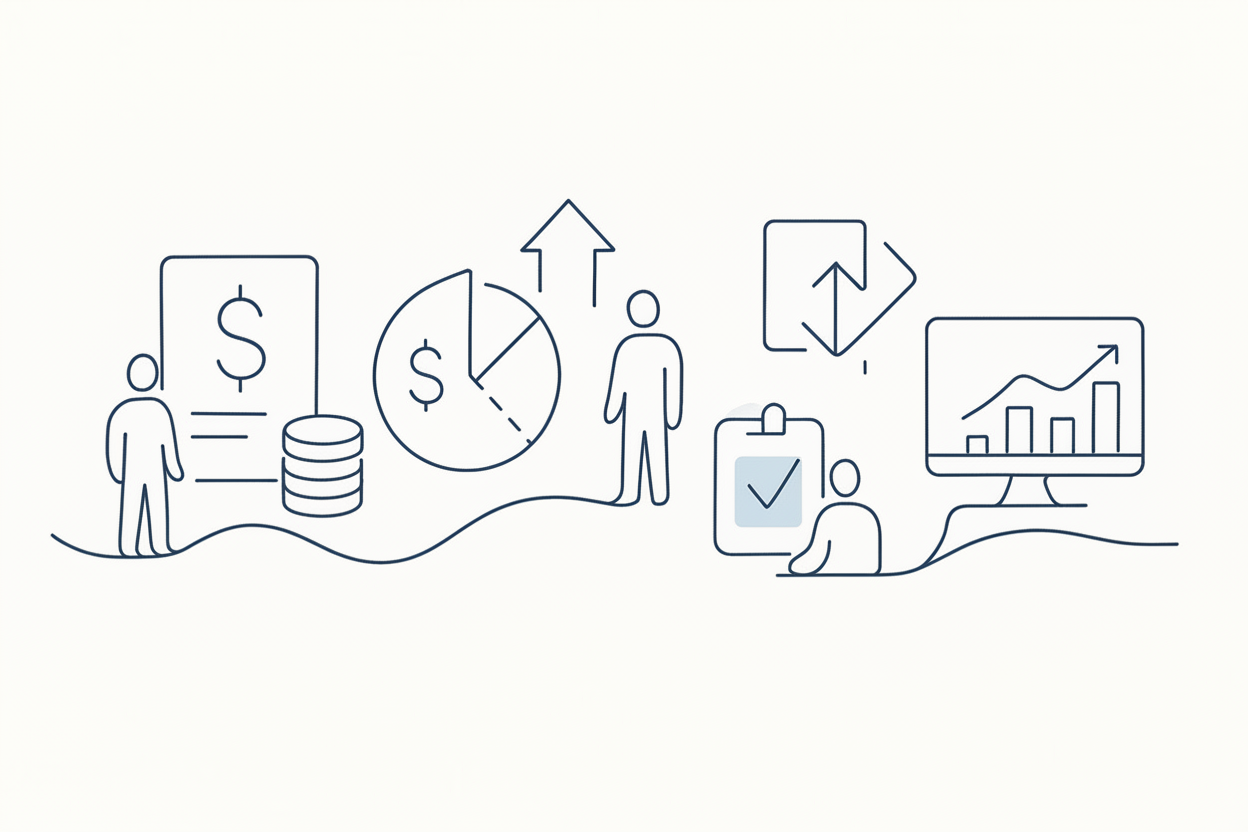Why You Need to Backtest Your Trading Strategy

Manual or systematic analysis of the past performance of a trading strategy or concept is known as backtesting. By backtesting the strategy manually or by using backtesting software, a trader can determine whether the strategy is most likely a waste of time and money or if it shows promise and profitability across a variety of markets.
This theory suggests that any strategy that has worked well in the past is likely to continue to work well, while strategies that have performed poorly in the past are likely to fail in the future. This article will further explain what backtesting is and how it works, why you need it and provide you with resources and tools to learn to backtest your automated trading.
What is Backtesting?
The advantage of algorithmic trading compared with other investment classes is that we can more reliably predict future performance based on past performance because we have an abundance of data. Backtesting is the method through which this is accomplished.
Using backtesting, traders and analysts can assess the viability of a strategy by seeing how it would operate on historical data. If backtesting succeeds, traders and analysts will be confident in implementing it in the future. In some cases, you might find that you have lost money by the results of your backtesting. If that is the case, you might need to change your trading strategy.
Why You Need Backtesting
Backtesting is an excellent way to provide valuable statistical information about a given system. Some universal backtesting statistics are:
- Net profit or loss: Net percentage gained or lost
- Volatility measures: Maximum percentage upside and downside
- Averages: Percentage average gain and average loss, average bars held
- Exposure: Percentage of capital invested (or exposed to the market)
- Ratios: Wins-to-losses ratio
- Annualized return: Percentage return over a year
- Risk-adjusted return: Percentage return as a function of risk
Source: Investopedia
Backtesting is an important tool if you are looking into gaining an edge with your automated trading. When interpreted correctly, backtesting can help traders optimize and improve their strategies, find any flaws in terms of technical or theoretical aspects of their strategies, and gain confidence before applying the strategies to the real world.
Resources & Tools Available
There are plenty of resources and tools out there to help you backtest your trading strategy right now. Here is a short list of some tools that can help:
- Python Backtrader - Backtrader is a Python framework with many features for backtesting trading strategies.
- QuantConnect Lean - QuantConnect's Lean is an open-source algorithmic trading engine built for easy strategy research and backtesting.
- PyAlgoTrade - PyAlgoTrade is a Python Algorithmic Trading Library that was started to focus on backtesting.
- Python BT - Bt is a Python backtesting framework for testing quantitative trading methods. This framework makes it simple to develop strategies that combine various Algos.
- finmarketpy - finmarketpy is a Python based library that enables you to analyze market data and also to backtest trading strategies using a simple to use API, which has prebuilt templates for you to define backtest.
- Fastquant - Fastquant makes it simple to backtest investing strategies with as few as three lines of Python code. Its objective is to encourage data-driven investing by making quantitative finance analysis accessible to everyone.
We have also created a backtesting document that gives a more in-depth explanation and some more resources and tools that can help your automated trading process run more smoothly.




